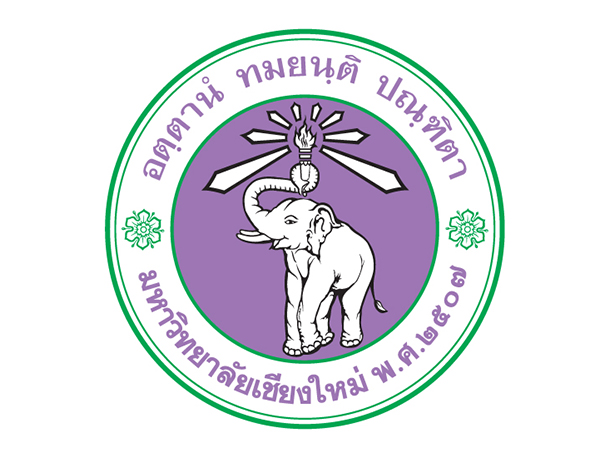Introduction
Chiang Mai University’s Faculty of Engineering, in partnership with the Faculty of Social Sciences, launched a comprehensive water management educational program for highland communities in Nongmontha Village, Mae Wang District, Chiang Mai Province. This initiative addresses water scarcity challenges while providing local communities with essential knowledge on sustainable water resources management, water quality improvement, and water infrastructure operation. Supported by Nanyang Technological University with a budget of 10,494,000 baht for Phase 2, the project serves two villages comprising 96 households and 318 residents who face critical water access limitations.
Water Quality Assessment and Community Training
The program provides educational opportunities for local communities to learn about water quality testing and monitoring techniques. Residents from Mowaki Village and Ban Mai Village received hands-on training in identifying water pollution issues affecting their water sources, including turbidity, organic matter, microorganisms, and heavy metals. Community members learned to conduct water quality assessments and understand drinking water standards. The educational activities focused on addressing water-borne diseases through improved hygiene practices and sanitation awareness. Training sessions covered the relationship between clean water access and public health, emphasizing the importance of water treatment to prevent waterborne illnesses in highland communities.
Sustainable Water Infrastructure Education
The project delivered comprehensive training on sustainable water extraction technologies and integrated water resources management systems. Community members learned about groundwater and aquifer protection through practical demonstrations of a solar-powered water infrastructure that transfers water from natural springs and groundwater sources, achieving flow rates of 49 cubic meters per day. Educational sessions covered water conservation methods, water efficiency practices, and water recycling techniques applicable to household and agricultural use. Participants gained knowledge about watershed management principles and the importance of protecting freshwater ecosystems. The training also addressed water stress challenges specific to highland areas and demonstrated how sustainable water extraction can balance community water demand with environmental preservation.
Water Treatment Technology and Community Capacity Building
Educational programs focused on wastewater treatment processes and modern water treatment technologies installed in the villages. Community members received training on operating membrane filtration systems and UV disinfection equipment to ensure safe drinking water production meeting national standards. The curriculum included instruction on water infrastructure maintenance, water reuse strategies for greywater management, and water-conscious practices to maximize water efficiency. Through participatory learning approaches, residents developed skills in troubleshooting water system issues and implementing preventive maintenance procedures. The program emphasized community ownership of water security initiatives and fostered local capacity for long-term water resources management without external dependency.
Conclusion
The Nongmontha Village water management education initiative demonstrates effective university-community partnerships in addressing water access challenges while building sustainable local capacity. By providing free educational opportunities in water quality assessment, sustainable water extraction, water treatment technology, and integrated water resources management, the program has empowered highland communities to achieve improved sanitation and long-term water security. This comprehensive approach to community education supports water conservation behaviors, enhances hygiene awareness, and establishes a foundation for resilient water management practices that protect both human health and freshwater ecosystems in vulnerable highland regions.

